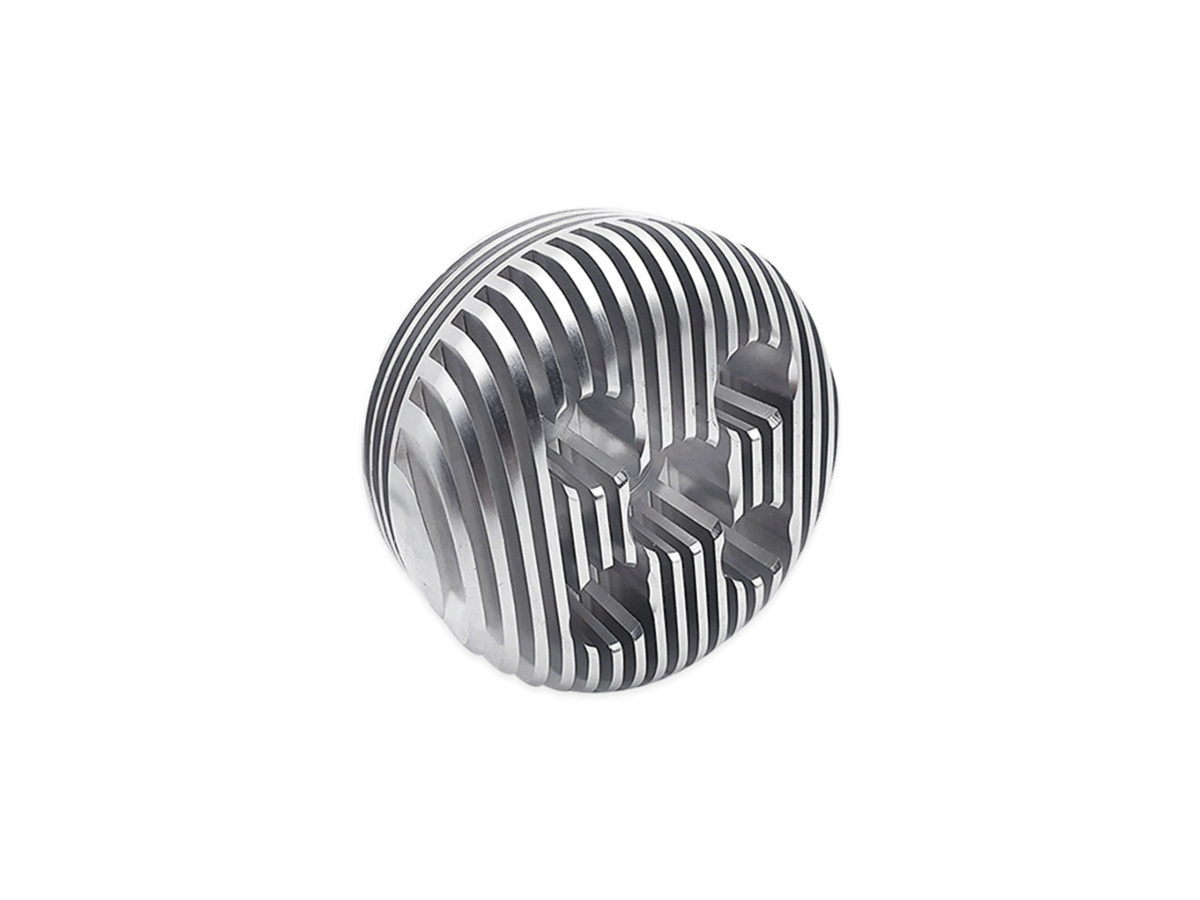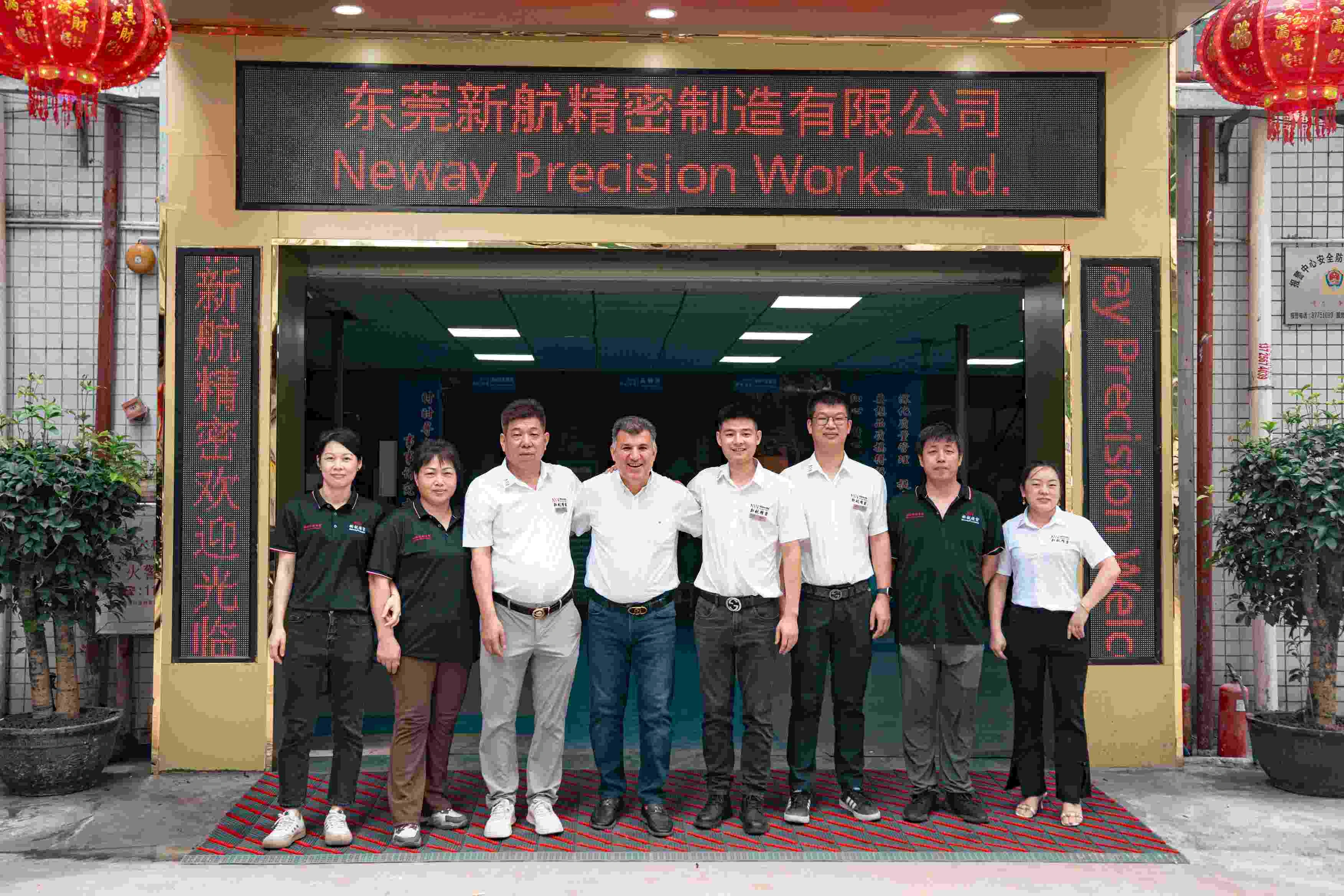CNC Machining Services for 1215 Steel: Perfect for Free-Cutting and High-Volume Production
Introduction to CNC Machined 1018 Steel in Modern Manufacturing
Industries such as industrial equipment, automotive, and consumer products continuously strive for materials offering excellent machinability, reliable performance, and cost-effectiveness. Among these, 1018 steel stands out as a leading choice, offering exceptional machinability, weldability, and balanced mechanical properties. Ideal for shafts, pins, gears, brackets, and automotive parts, 1018 steel ensures consistent quality, versatility, and efficiency across diverse manufacturing applications.
Advanced CNC machining processes enable precise fabrication of 1018 steel components, achieving tight dimensional tolerances, intricate geometries, and excellent surface finishes, greatly improving reliability and reducing overall production costs.
Comprehensive Analysis of 1018 Steel for Versatile Applications
Comparative Performance of 1018 Steel and Similar Materials
Material | Tensile Strength (MPa) | Yield Strength (MPa) | Machinability | Typical Applications | Advantage |
|---|---|---|---|---|---|
440 | 370 | Excellent | Shafts, gears, brackets | Cost-effective, easy machining | |
570-700 | 310-450 | Good | Heavy-duty shafts, bolts | High strength, durability | |
400-550 | 250 | Good | Structural components | Economical, weldable | |
655-979 | 415-655 | Fair | Critical automotive components | High strength, toughness |
Strategic Material Selection for 1018 Steel Components
Selecting 1018 steel for CNC machining involves carefully evaluating mechanical strength, machinability, cost efficiency, and specific application requirements:
Shafts, pins, and brackets requiring moderate tensile strength (440 MPa), excellent machinability (70% machinability rating compared to B1112), and good weldability significantly benefit from the balanced properties of 1018 steel.
Components needing higher strength (570-700 MPa tensile strength) and better wear resistance, such as heavy-duty shafts and bolts, often select 1045 steel for enhanced robustness.
Structural components prioritizing weldability and moderate strength (400-550 MPa tensile strength) opt for A36 steel due to economic efficiency and versatility.
Critical automotive or high-performance parts demanding very high tensile strength (up to 979 MPa) and exceptional toughness utilize 4140 steel to meet rigorous performance criteria.
Precision CNC Machining Processes for 1018 Steel
CNC Machining Process Performance Overview
CNC Machining Process | Dimensional Accuracy (mm) | Surface Roughness (Ra μm) | Typical Applications | Key Advantages |
|---|---|---|---|---|
±0.005-0.02 | 0.4-3.2 | Gears, brackets, mounts | Versatile, precise detailing | |
±0.005-0.01 | 0.4-1.6 | Shafts, pins, fittings | Accurate rotation, smooth surfaces | |
±0.01-0.02 | 1.6-3.2 | Holes for fittings, assemblies | Precise hole placement, depth control | |
±0.003-0.01 | 0.2-0.6 | Complex automotive parts, custom components | High-precision, intricate designs |
Optimizing Process Selection for CNC Machined 1018 Steel
Selecting appropriate CNC machining methods for 1018 steel components involves a thorough evaluation of complexity, dimensional accuracy, and surface quality requirements:
Components with complex geometries like automotive brackets, custom gears, or mounts requiring dimensional tolerances as tight as ±0.005 mm benefit from CNC Milling Service due to versatility and detailed feature capability.
Cylindrical components such as shafts, pins, or precision fittings demanding rotational accuracy (±0.005 mm) and smooth surfaces (Ra ≤ 1.6 µm) rely heavily on CNC Turning Service, providing accurate, efficient machining.
Precision fittings, brackets, or assembly components requiring exact hole positions within ±0.01 mm and controlled depths consistently utilize CNC Drilling Service to guarantee alignment accuracy.
Highly intricate components, particularly automotive or industrial hardware needing very tight tolerances (±0.003 mm) and excellent surface finishes (Ra ≤ 0.6 µm), significantly benefit from Multi-Axis CNC Machining Service, ensuring superior precision and functionality.
Advanced Surface Treatments for Enhanced 1018 Steel Components
Surface Treatment Performance and Suitability
Treatment Method | Corrosion Resistance | Wear Resistance | Industrial Suitability | Typical Applications | Key Features |
|---|---|---|---|---|---|
Good | Moderate | Excellent | Shafts, brackets | Economical, aesthetic appearance | |
Excellent (>1500 hrs ASTM B117) | High (HV500-700) | Excellent | Automotive parts, pins | Increased durability, corrosion protection | |
Excellent (>1500 hrs ASTM B117) | High | Excellent | Industrial fittings, frames | Durable, consistent finishes | |
Moderate | Very High | Excellent | Critical gears, shafts | Improved strength, enhanced fatigue life |
Strategic Surface Treatment Selection for CNC Machined 1018 Steel
Choosing the correct surface treatment for CNC machined 1018 steel involves assessing environmental exposure, mechanical demands, and aesthetic preferences:
Shafts, brackets, and fittings exposed to moderate conditions utilize Black Oxide Coating, offering economical corrosion protection, aesthetic appeal, and moderate wear resistance.
Pins and automotive components requiring high corrosion resistance and hardness (500-700 HV) benefit from electroplating, which provides over 1500 hours of protection as per ASTM B117.
Industrial parts such as frames and fittings requiring durable, corrosion-resistant finishes select Powder Coating for superior protective performance and color consistency.
Critical components like gears and shafts need substantial improvement in mechanical properties and fatigue life, so heat treatment is applied, enhancing strength and durability.
Rigorous Quality Assurance for CNC Machined 1018 Steel Components
Detailed Quality Control Practices
Ensuring optimal quality and precision in CNC machining of 1018 steel involves stringent quality control processes:
Dimensional Inspection: Coordinate Measuring Machines (CMM) and optical comparators verify critical dimensions within ±0.003 mm to ±0.01 mm tolerances.
Surface Finish Analysis: Profilometers and roughness gauges evaluate surfaces to ensure Ra values between 0.2 µm and 3.2 µm meet stringent specifications.
Mechanical Property Testing: ASTM-standard tensile (ASTM E8), yield, and hardness tests (Rockwell B/C) confirm mechanical strength and consistency.
Corrosion Resistance Testing: ASTM B117 salt spray tests assess protective coatings to ensure corrosion resistance ≥1000 hours.
Non-Destructive Testing (NDT): Ultrasonic, magnetic particle and radiographic examinations detect internal defects, enhancing component reliability.
Comprehensive Documentation: ISO 9001-compliant records provide traceability and adherence to stringent quality standards.
Applications of CNC Machined 1018 Steel Components
Key Industry Applications
Industrial shafts and fittings.
Automotive gears, brackets, pins.
Consumer hardware components.
Structural brackets and fasteners.
Related FAQs:
Why is 1018 steel commonly selected for cost-effective CNC machining?
How does CNC machining improve precision and efficiency for 1018 steel parts?
What CNC machining methods are ideal for manufacturing 1018 steel components?
Which surface treatments effectively protect CNC-machined 1018 steel parts from corrosion and wear?
What quality standards and procedures are essential for CNC machined 1018 steel products?

